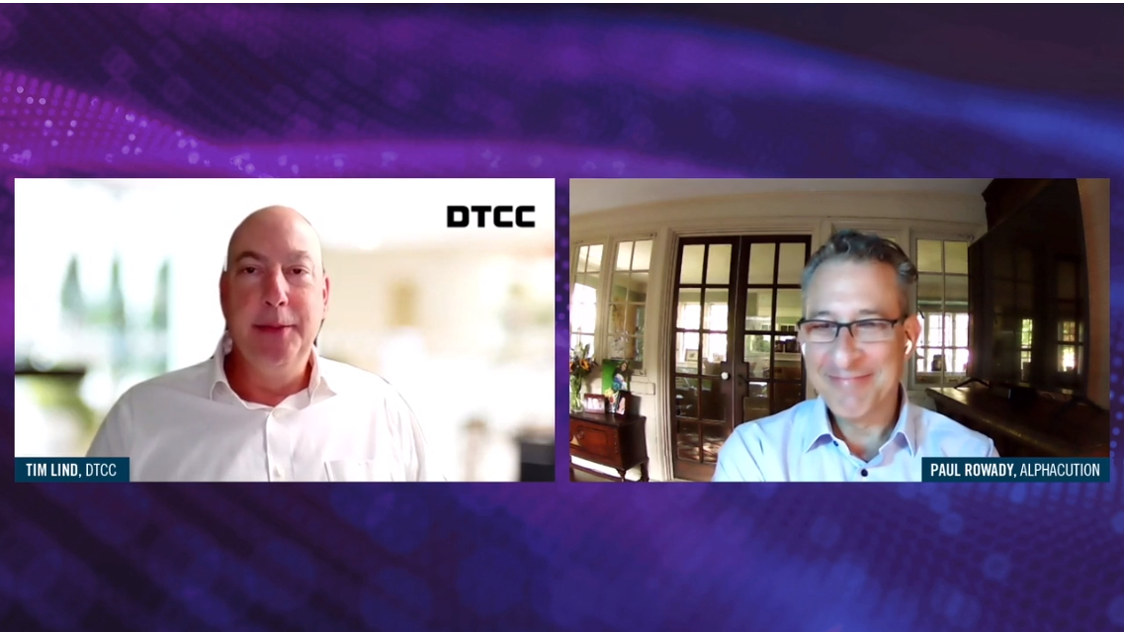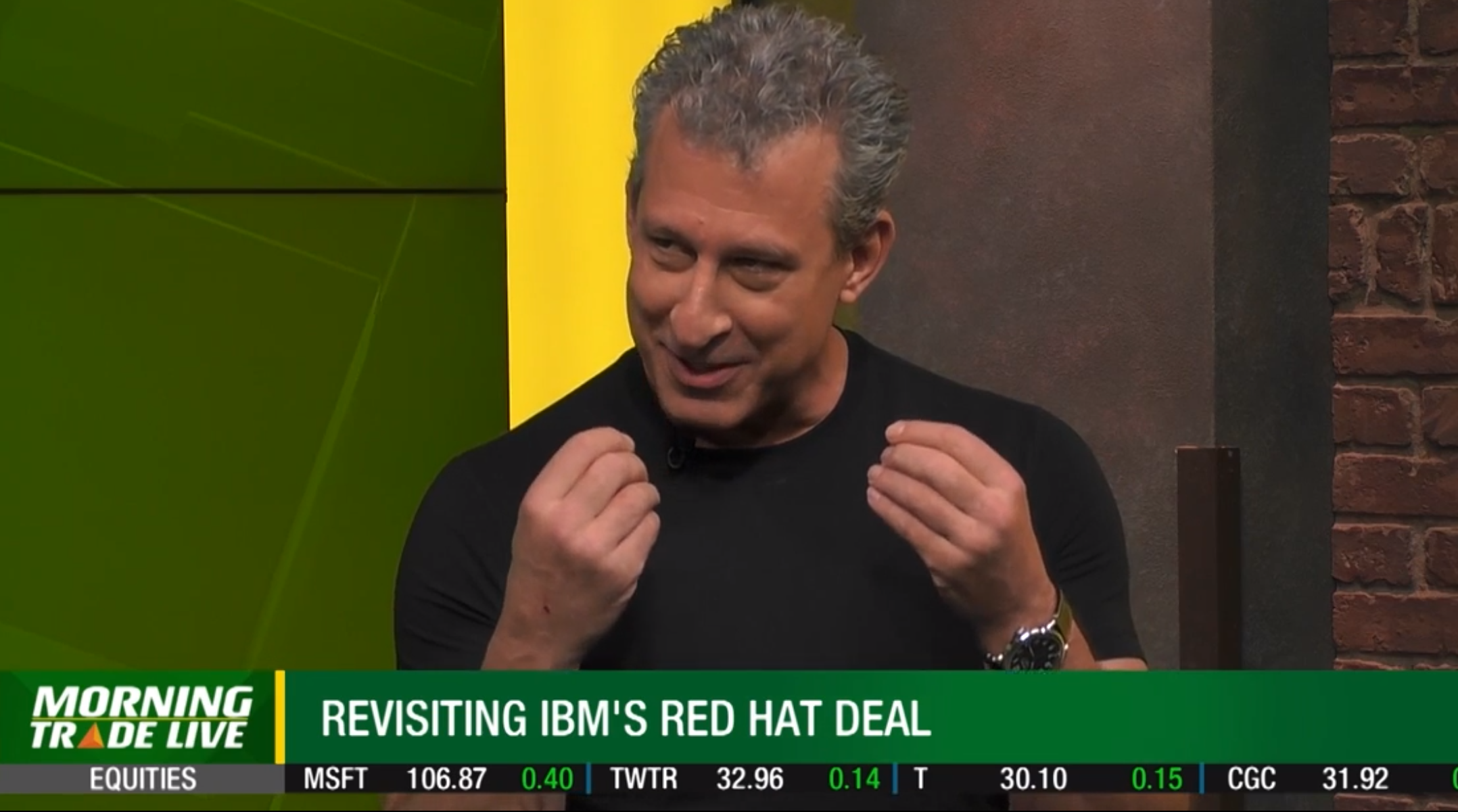In this FOURTH of a five-part video blog series Jim Jockle, CMO of Numerix sits down with Paul Rowady, Director of Research at Alphacution to discuss the recent FinTech Revolution. They discuss how firms are gearing themselves towards a digital culture, and how companies are working to distinguish themselves in this new age.
The five videos cover the following:
Part 1: Paralysis by Analysis: Preparation & Analyzation for Digital Disruption
Part 2: IT Outsourcing and Transformation
Part 3: Revolutionizing FinTech: Looking into the World of Data Automation
Part 4: Technological Implications of Cultural Transformation
Part 5: Digital Noise in the FinTech Space
Jim Jockle (Host): So let me go to your research. You know you suggested a little bit, there’s the differentiators in terms of maximizing our opportunity and then there’s a congested middle-of-the-pack. Transitioning, so yes you had the Fords, who arguably have done very well in that or a transitionary period of time but you also saw the Hondas and Toyotas come out of nowhere and things of that nature. So, there’s a suggestion of potential winners and losers and changes in the league table. So if we’re putting the crystal ball, what are some of the elements of the management structure that are critical in driving through this cultural shift.
Paul Rowady (Guest): Well, so, part of that is already started with for better or worse in marketing hype or reality of innovation through this new Galapagos of new species of technology companies that are focusing on different parts of the solution set, top to bottom front to back here to there. Different parts of the workflow and what’s fascinating I think and what I think ultimately happens is that there are going to be some bigger winners on the small end. There are going to be some notable losers on the big end. I don’t think you’ll have quite as many big banks, although just to argue with myself if you watch what happened to ING Group and to some degree which is just in the news for plans to lay off another 10-20 percent of their 50,000-person workforce, after 50 transactions to deconstruct what they had constructed in the pre-GFC. This massive global empire of all these different companies and businesses because they’ve got a Dutch bailout they’ve actually had to monetize and improve their capital ratios by engaging in like throwing stuff out of the boat, ok. And now they’re sort of at the core and now they’re looking at an efficiency strategy that’s going to take their headcount down another 10-20 percent. So, I think what will be interesting to watch closely is that the playbook? Is that the template for some of these other more notable, the Deutsche Banks, the UBS’, the Citi Groups? Not to pick out any names necessarily, but known big financial intermediaries globally. Will they have to engage in that well you got to throw this out of the boat, got to throw this out of the boat. The other point is that similar to our automotive analogy, if you think about Fiat which is a 100-year-old, more than a 100-year-old company. All the great designers came out of Fiat in the early nineteen hundreds. Ferrari came out of there, Maserati came out of there. Some of the greatest engineers, they all came out of Fiat and they created these great companies. Well who owns Ferrari now? Who owns Maserati now? I mean Fiat owns Chrysler now, and owns pieces, if not whole aspects of these same companies. So, I think that there will be for better or worse a continuation of the idea of the incumbency of the incumbents. So some of the big names today will be the winners, they will be if they’re savvy, if they really get to the cultural implications of what’s going on they will end up repatriating some of this creative force that is now on the beach, some of which is engaging in new solution development. That will end up back under the umbrellas of some of these big players.
Jockle: But it’s not going to be easy, I mean at the end of the day you’re still, you can pick the right technology. You can put it in, you can rip it out, you know things of that nature but at the end of the day it’s still about the people and you know that 10-20 percent reduction in force, that’s going to leave morale challenges or how long is management going to stay to oversee the revolution internally?
Rowady: I couldn’t agree with you more. I mean we’re so, you know it’s like the dog and the squirrel. We’re all excited about the new jewel that pops up over here. I mean how many blockchain conversations can we possibly have? On the one hand, that’s very valuable stuff going on. On the other hand, everybody’s putting their blockchain shirt on and it’s just, you know, there are going to be a few winners and a lot of posers in the soup right now. So there’s a lot of distraction about the toolset, you know, new gadgetry, but the reality is we don’t have an organization yet, and what’s fascinating is high frequency trading has at least, well on any side of the asset management spectrum are really at the frontier of technical leverage, right. With 150 people Virtu Financial can generate 2 million dollars in revenue per employee. That’s like a four standard deviation, five standard deviation difference from the benchmark of the ecosystem, that’s very few people generating a lot of economics through technical leverage. But you have to have the right 150 people, you know? Goldman has 32,000 employees, 8,000 of which are technology-related according to them, okay. You have to assemble those skills in a way that you generate that kind of technical leverage and it doesn’t happen by just going out and purchasing or aligning yourself with all the latest gadgetry. It’ll just sit there on the workbench. It’ll just sit there, it’ll stare at you, it will decay, it will cost you money. Somebody’s got to figure out how to assemble that stuff into something of value.



